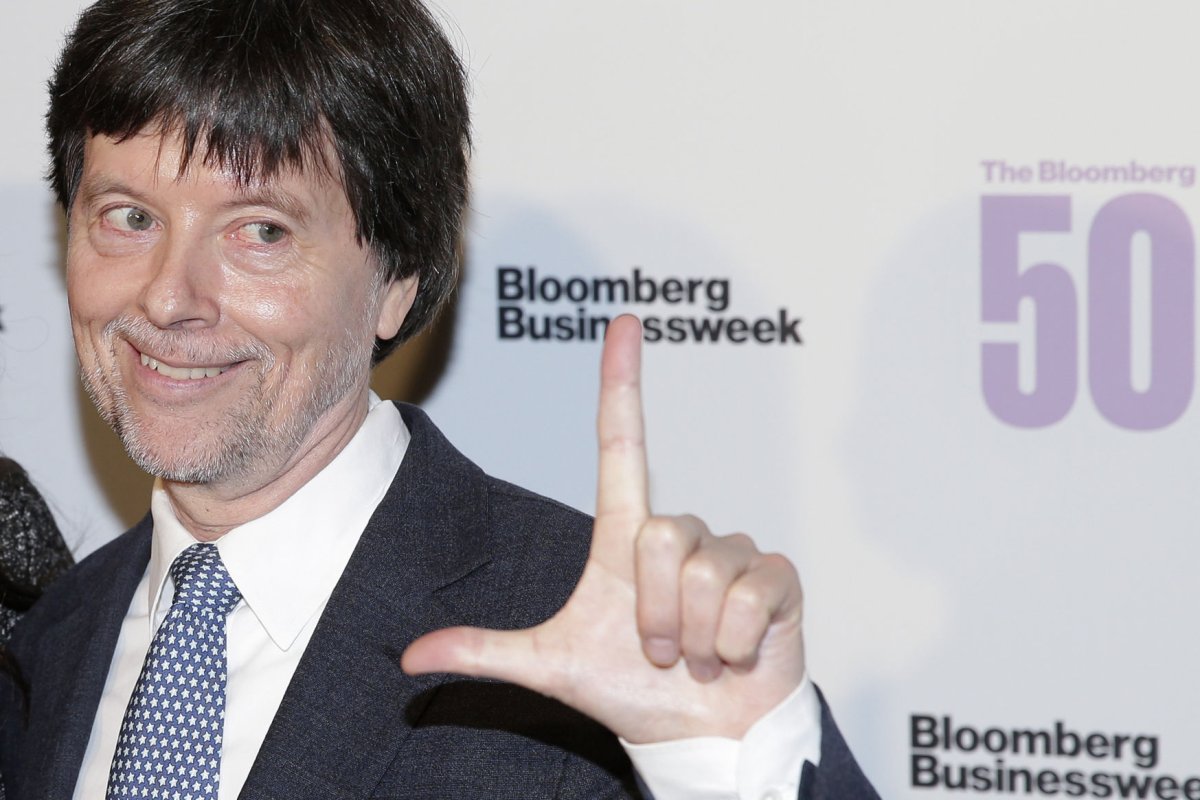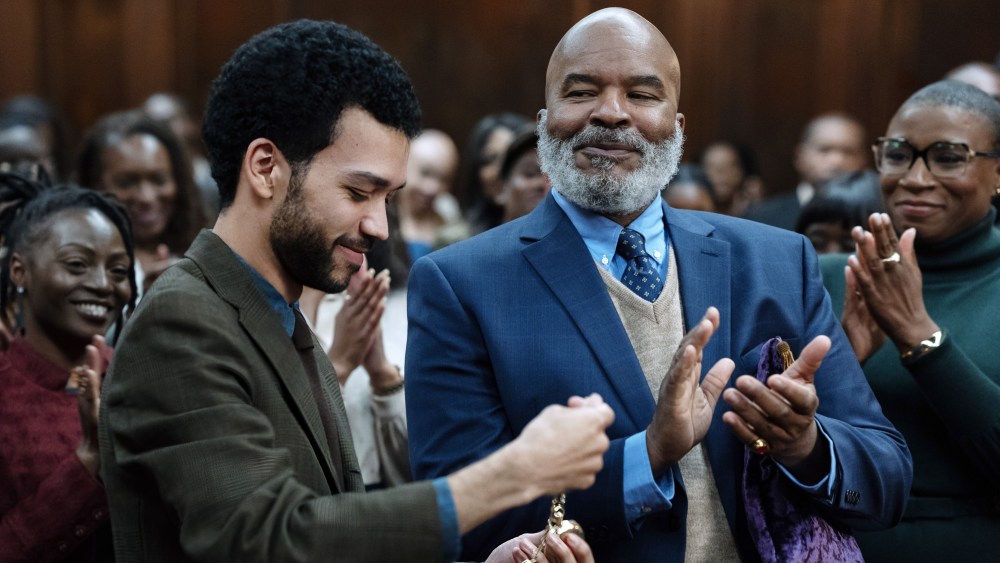NEW YORK, Oct. 16 (UPI) — Emmy-winning director Ken Burns says his new PBS docu-series, The American Buffalo, imparts a message of hope, even though it chronicles the near-extinction of bison.
Premiering Monday, the two-part, four-hour report traces the iconic animal’s evolution and significance in North America for more than 10,000 years.
“The fact that we have brought the bison back from extinction is itself an accomplishment,” Burns told reporters in a recent virtual press conference.
“The film we were making was really the first two acts of the three-act play,” he added. “To save a species as a zoo animal or as an exhibition animal in a corral isn’t the same as saving them as wild and free, and that’s now going on.”
The program shows how the species dwindled from an estimated 50 or 60 million in the 19th century to under 1,000 in the mid-1980s.
“It is an unmitigated tragedy and the first episode is, at times, incredibly difficult to watch,” Burns said.
“The last minutes of the film sort of suggest what that third act will be, which is a wonderful unison of private citizens, the federal government — who controls upwards of 20,000 head right now in national parks — and various wildlife refuges and Native peoples who have well more than 20,000 distributed among more than 80 tribes coordinated by the Intertribal Buffalo Council, which is repatriating buffalo to tribes.”
Producer Julie Dunfey started working with Burns on the series in May 2020.
“The plan had been to start interviews and to be out on the Plains filming bison,” Dunfey said, recalling how that part of the process had to be put on hold while the coronavirus pandemic shut down film productions all over the world.
“We had a full year of doing additional research and meeting more people trying to understand who the interviewees were going to be,” she added. “When we finally did get rolling in May of 2021, we did 18 months of production work in six months between May and October.”
Dunfey said she and Burns had to get creative with the ways they could research and recount this story before lockdowns and travel restrictions ended, allowing them to travel in person to Montana, Texas, Oklahoma and South Dakota to interview experts and film their woolly subjects.
“I wound up getting in touch with a lot of different wildlife cinematographers who could go out in just their backyard without having to fly or stay in a hotel and do some filming with us,” the producer said.
“That actually wound up enriching the film that we drew on so much talent in terms of the cinematography before we were actually able to go out and direct our usual camera crew.”
Producer Julianna Brannum wanted the series to show how essential bison is in terms of food sovereignty to Indigenous people.
“Buffalo is a critical part of our healing journey,” Brannum said. “The work that’s being done today to impart the movement into communities to provide healthier food options for tribes, especially who are in food deserts, is going to be critical for us.”
Historian Rosalyn Lapier agreed.
“Tribes are reintroducing bison back into school systems where kids are now — it’s an option now within our public schools for them to eat bison,” Lapier said.
“We also have it now, for example, on my home reservation, on the Blackfeet reservation,” she added. “Our tribe also butchers our own bison, and we can either buy that in a local grocery store or if people are low income they can get it through our system of food that we share with elders and with others who are low income. So, either way, like sort of any income bracket that people are in, they’re able to add bison back to our food system.”
She encourages everyone who has it available to eat bison.
“The bison most people eat at a restaurant is coming from a ranching system, and I see no problem with that because the more people start thinking about and adding bison back into our food systems, the better,” Lapier said.
Burns also recommends the meat, which he describes as a leaner, better alternative to what most people normally consume.
“All of this is sustainable. That’s the key word,” he said.
“We also have to comment that the conservation movement itself in the United States, let’s say in America, apart from the 10,000 years of Native American stewardship and relationship and literal kinship with the buffalo is the conservation movement borne from hunters not wanting to see animals disappear.”
Asked how he decides what topic to train his lens on next, Burns replied, “How do you choose your best friend?”
“There’s a chemistry. You’ve got lots of ideas in your head and then something goes down to your gut. It’s very interesting that we unearthed, as we were finishing this film, a proposal from the mid-90s, a very well-developed proposal for this film,” he said.
“We didn’t get around to it; it wasn’t that we were fully committed to it; it’s just that other projects took some precedent; other things happened,” Burns added. “I’m so glad that we waited because it gave us the opportunity not just to, in a paternalistic or patronizing way, pay lip service to other points of view.”
No one tells Burns and his team what stories to tell or what is deserving of their attention.
“There’s no marketing decisions, no focus panels, whatever you want to call it. It’s just whatever lands in our hearts or our guts, and then we’re off and running,” he said.
Burns and his daughter Sarah, as well as her husband David McMahon, recently collaborated on documentaries about The Central Park Five, Jackie Robinson and Muhammad Ali.
“We’re working on a film about our first non-American topic — Leonardo da Vinci, which will be out next year,” Burns said.


